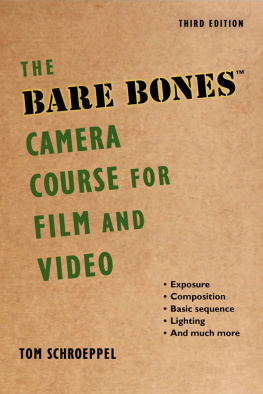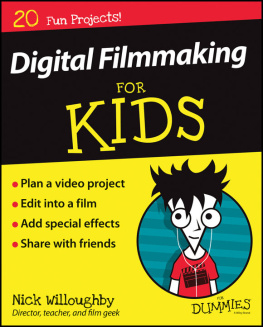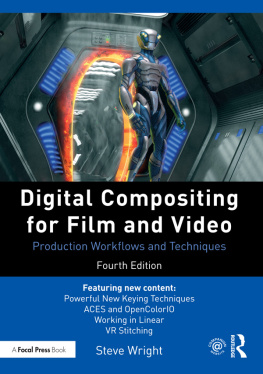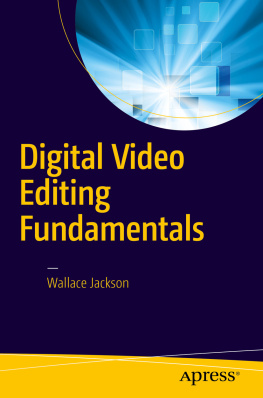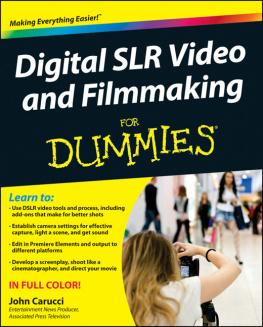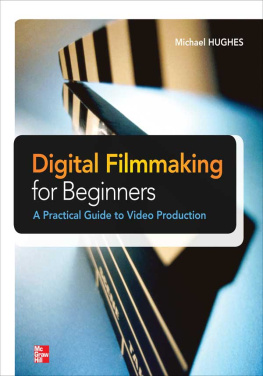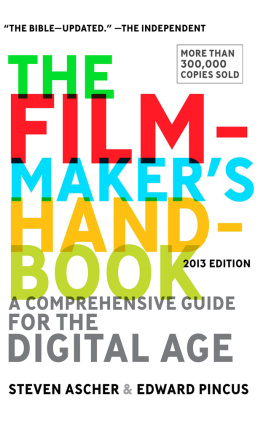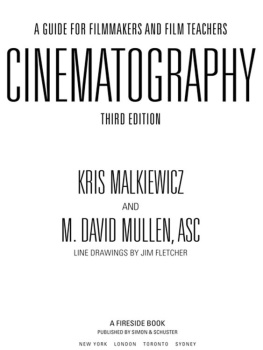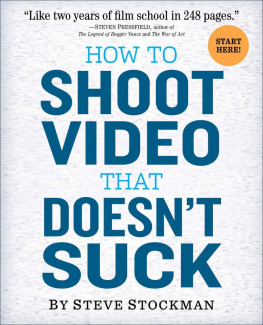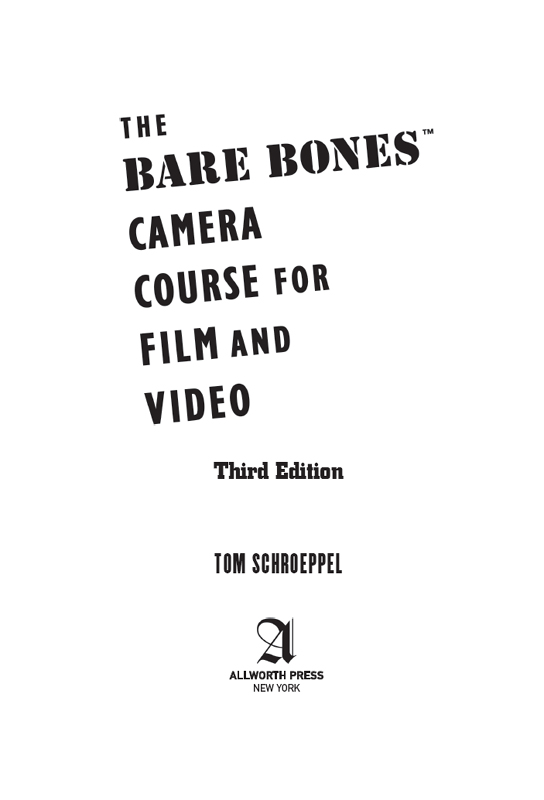Copyright 1982-2015 by Tom Schroeppel
All rights reserved. Copyright under Berne Copyright Convention, Universal Copyright Convention, and Pan American Copyright Convention. No part of this book may be reproduced, stored in a retrieval system, or transmitted in any form, or by any means, electronic, mechanical, photocopying, recording or otherwise, without the express written consent of the publisher, except in the case of brief excerpts in critical reviews or articles. All inquiries should be addressed to Allworth Press, 307 West 36th Street, 11th Floor, New York, NY 10018.
Allworth Press books may be purchased in bulk at special discounts for sales promotion, corporate gifts, fund-raising, or educational purposes. Special editions can also be created to specifications. For details, contact the Special Sales Department, Allworth Press, 307 West 36th Street, 11th Floor, New York, NY 10018 or .
19 18 17 16 15 5 4 3 2 1
Published by Allworth Press, an imprint of Skyhorse Publishing, Inc.
307 West 36th Street, 11th Floor, New York, NY 10018.
Allworth Press is a registered trademark of Skyhorse Publishing, Inc., a Delaware corporation.
www.allworth.com
Cover and design by Mary Belibasakis
Library of Congress Cataloging-in-Publication Data is available on file.
Print ISBN: 978-1-62153-526-3
Ebook ISBN: 978-1-62153-527-0
Printed in the United States of America
Table Of Contents
AUTHOR'S NOTE
How We Got to Here
In the late 1970s, I was shooting TV commercials and industrial sales films in Miami. I was also traveling to Ecuador a couple times a year to train camera crews at a TV network there. One day as I was drawing on a Little Havana restaurant napkin to explain a setup to a client, I realized that this was the same thing I had explained in Spanish the previous week in Quito. I decided to translate my training notes back into English and print them in a book version I could give to clients. I hoped to also sell a few copies to cover my costs. I decided to call the book The Bare Bones Camera Course for Film and Video .
I based the content of The Bare Bones Camera Course on what I was teaching in Ecuador. This is turn was based on what I had learned at the Army Motion Picture Photography School at Fort Monmouth, New Jersey. (I was an Army cameraman and later a Signal Corps officer.) Both combat photography and TV news coverage require quick but thorough knowledge of basic camerawork.
I hoped to sell enough copies of the book to break even; to my surprise, it did better than that. Students found it easy to understand, teachers found it helpful, and over the years more than 700 colleges chose it as a basic text. Major publishers made me offers, but I continued to self-publish because I enjoyed the personal contact with my customers and I wanted to keep the book available to them at a reasonable cost.
Now, when the time has come to pass the torch, I am pleased to have an organization of the stature of Allworth Press publish this latest edition of The Bare Bones Camera Course for Film and Video , guaranteeing that it will be around and affordable for many years to come. I hope it continues to serve you, my readers, well.

PREFACE
This book explains, as simply as possible, how to shoot usable images on film, tape, and other media.
If you are, or plan to be, a cameraperson, I suggest you read your cameras operators manual in addition to this book. When you understand both, you should be able to go out and shoot footage that works.
If youre not interested in becoming a cameraperson, but simply want to better understand how the camera is used, no additional reading is required. Just relax and enjoy the book.
This edition of The Bare Bones Camera Course includes information on sound and editing which was originally published in my book Video Goals: Getting Results with Pictures and Sound.
BASICS
THE CAMERAHOW IT WORKS
The camera is an imperfect imitation of the human eye. Like the eye, it sees by means of a lens which gathers light reflected off objects. The lens directs this light onto a surface which senses the pattern formed by the differences in brightness and color of the different parts of the scene. In the case of the eye, this surface at the back of the eye sends the pattern of light to the brain where it is translated into an image which we see.

In the case of the camera, the lens directs the patterns of light onto a variety of sensitive surfaces. Still film cameras record light patterns on film coated with light-sensitive chemicals. The chemicals react differently to different amounts and colors of light, forming a record, or image, of the light pattern. After the film is processed in other chemicals, the image becomes visible.

Youll notice that both the lens of the eye and the lens of the camera turn the light pattern upside down as it passes through. This is because theyre both convex lenses, or lenses which curve outward. Because of their physical properties, convex lenses always invert images. In the brain, and in the camera viewfinder, the images are turned right side up again.
Movie cameras record images in the same way as still film cameras, except they do it more often. Eight mm movie cameras normally take eighteen different pictures, or frames, every second. Sixteen mm and 35mm movie cameras take twenty-four frames per second. When these pictures are projected on a screen at the same fast rate, they give the illusion of continuous movement. The viewers mind fills in the gaps between the individual frames, due to a physiological phenomenon known as persistence of vision.

In digital camerasboth still and videothe lens focuses light patterns onto an image sensor, either a CCD (charge coupled device) or a CMOS (complementary metal oxide semiconductor). The surface of the sensor contains from thousands to millions of tiny light-sensitive areas called picture elements, or pixels, which change according to the color and intensity of the light hitting them. In video cameras, the image formed by all the pixels taken together is electronically collected off the sensor at a rate of either twenty-five or thirty complete images per second. These images can then be recorded or broadcast. (See illustration on following page.)
At the viewfinder or TV set the process is reversed to recreate the original image. Persistence of vision causes the viewer to perceive the separate pictures, or frames, as continuous movement.

EXPOSURE
Exposure is the amount of light that comes through the lens and hits the film or CCD chip. The hole in the center of the lens that the light travels through is called the aperture. If the aperture is big, it lets in lots of light. If its small, it lets in very little light. The size of the aperture is adjusted by the f/stop ring on the outside of the lens. An f/stop is simply a measure of how big or how little the aperture is.

